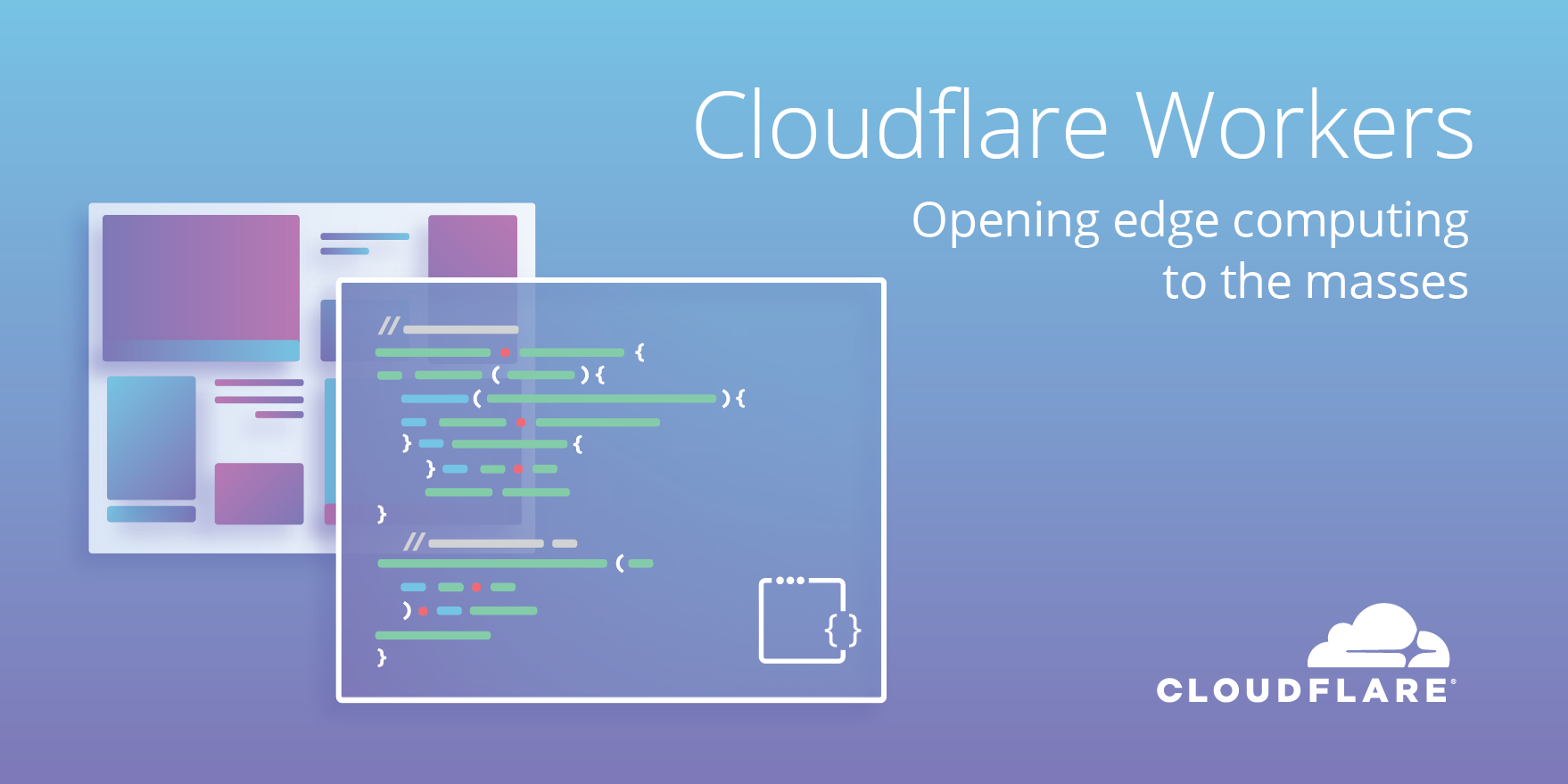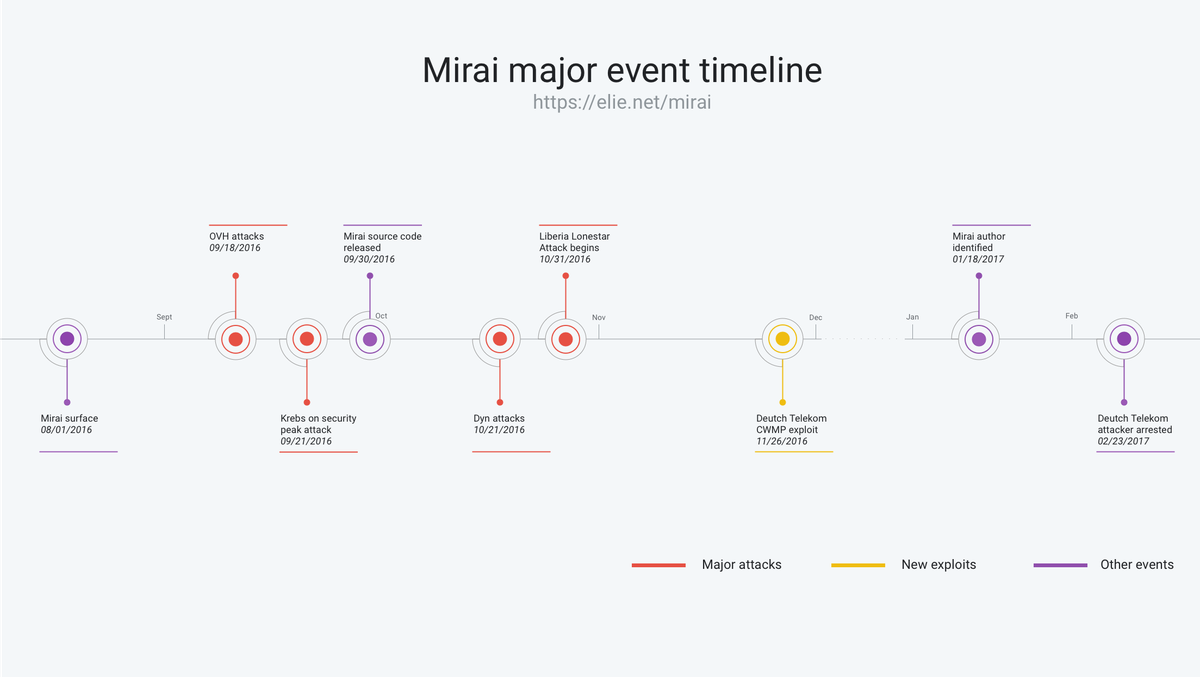Author Archives: Guest Author
Author Archives: Guest Author


Last week, we wrote about implementing ESI with Cloudflare Workers. This is a guest post by Lukas Reider on how to use ESI not only for better performance, but to optimize availability while migrating backends.
In this post, you will learn about how my client Titel Media was able to use Cloudflare Workers to implement simple edge side includes.
The idea is to partially replace the parts of the online magazine highsnobiety.com with a new, and much more refined frontend implementation. In this article, you will get to know the use case, and how I found a powerful application for Cloudflare Workers.
My current project, highsnobiety.com is in the process of replacing Wordpress with a dedicated content pipeline and a custom frontend. It is a huge magazine, with tons of contents, hundreds of daily updates and an international team of more than 60 editors, researching and writing exciting stories.
The company behind it, Titel Media GmbH, a publishing house with offices in Berlin, and New York, surely has grown out of Wordpress for hosting their content.
One does not simply rewrite a sophisticated web publishing pipeline like WordPress. Nor does one, simply Continue reading

The following is a guest post by Paddy Sherry, Lead Developer at Gambling.com Group. They build performance marketing websites and tools, using Cloudflare to serve to their global audience. Paddy is a Web Performance enthusiast with an interest in Serverless Computing.
Choosing technology that is used on a large network of sites is a key architectural decision that must be correct. We build static websites but needed to find a way to make them dynamic to do things like geo targeting, restrict access and A/B testing. This post shares our experiences on what we learned when using Workers to tackle these challenges.
At Gambling.com Group, we use Cloudflare on all of our sites so our curiosity level in Workers was higher than most. We are big fans of static websites because nothing is faster than flat HTML. We had been searching for a technology like this for some time and applied to be part of the beta program, so were one of the first to gain access to the functionality.
The reason we were so keen to experiment with Workers is that for anyone running static sites, 99% of the time, the product requirements Continue reading

The following is a guest post by Xavier Lacot, a developer at redirection.io and founder at JoliCode. He works primarily on Web and mobile projects as a consultant, trainer and technical expert.
Redirection.io is a Web traffic redirection manager. It provides a collection of tools for website administrators, SEO agencies, and developers, which help analyze HTTP errors, setup HTTP redirections, customize HTTP responses, and monitor the traffic efficiently.
The main part of a traditional redirection.io setup is the proxy, a software component which parses every request to check if a redirection or another response override is required. This "proxy" can be of several types - we provide libraries in several languages - but this setup can be simplified for Cloudflare clients by taking advantage of Cloudflare Workers.
Earlier this year, Cloudflare unveiled its Workers product, a smart way of running code on the edge of Cloudflare locations. This computing feature is particularly interesting, as it allows performing several traffic operations without requiring any change on your own platform, code, or infrastructure: just enable Workers, write some code, and let Cloudflare handle the magic ✨
In practical terms, Workers Continue reading

The following is a guest post by Ashcon Partovi, a computer science and business undergraduate at the University of British Columbia in Vancouver, Canada. He's the founder of a popular Minecraft multiplayer server, stratus.network, that provides competitive, team-based gameplay to thousands of players every week

If you've ever played a video game in the past couple of years, chances are you know about Minecraft. You might be familiar with the game or even planted a tree or two, but what you might not know about is the vast number of Minecraft online communities. In this post, I'm going to describe how I used Cloudflare Workers to deploy and scale a production-grade API that solves a big problem for these Minecraft websites.
Here is an example of my Minecraft player profile from one of the many multiplayer websites. It shows some identity information such as my username, a bitmap of my avatar, and a preview of my friends. Although rendering this page with 49 bitmap avatars may seem like an easy task, it's far from trivial. In fact, it's unnecessarily complicated.

Here is the current workflow to render a player profile on a website given Continue reading

The following is a guest post by Scott Helme, a Security Researcher, international speaker, and blogger. He's also the founder of the popular securityheaders.com and report-uri.com, free tools to help people deploy better security.
With the continued growth of Report URI we're seeing a larger and larger variety of sites use the service. With that diversity comes additional requirements that need to be met, some of them simple and some of them less so. Here's a quick look at those challenges and how they can be solved easily with a Cloudflare Worker. Continue reading

The following is a guest blog post by Nathan Franzen, Software Engineer at StackPointCloud. StackPointCloud is the creator of Stackpoint.io, the leading multi-cloud management platform for cloud native workloads. They are the developers of the Cloudflare Ingress Controller for Kubernetes.
This article assumes basic knowledge of Kubernetes. If you're not familiar with Kubernetes, visit https://kubernetes.io/docs/tutorials/kubernetes-basics/ to learn the basics.
Minikube is a tool which allows you to run a Kubernetes cluster locally. It’s not only a great way to experiment with Kubernetes, but also a great way to try out deploying services using a reverse tunnel.
At Cloudflare, we've created a product called Argo Tunnel which allows you to host services through a tunnel using Cloudflare as your edge. Tunnels provide a way to expose your services to the internet by creating a connection to Cloudflare's edge and routing your traffic over it. Since your service is creating its own outbound connection to the edge, you don’t have to open ports, configure a firewall, or even have a public IP address for your service. All traffic flows through Cloudflare, blocking attacks and intrusion attempts before they ever make it to Continue reading

This is a guest post by Blake Loring, a PhD student at Royal Holloway, University of London. Blake worked at Cloudflare as an intern in the summer of 2017.
Compression is often considered an essential tool when reducing the bandwidth usage of internet services. The impact that the use of such compression schemes can have on security, however, has often been overlooked. The recently detailed CRIME, BREACH, TIME and HEIST attacks on TLS have shown that if an attacker can make requests on behalf of a user then secret information can be extracted from encrypted messages using only the length of the response. Deciding whether an element of a web-page should be secret often depends on the content of the page, however there are some common elements of web-pages which should always remain secret such as Cross-Site Request Forgery (CSRF) tokens. Such tokens are used to ensure that malicious webpages cannot forge requests from a user by enforcing that any request must contain a secret token included in a previous response.
I worked at Cloudflare last summer to investigate possible solutions to this problem. The result is a project called cf-nocompress. The Continue reading

This is a guest post by David Urbansky, CEO and Co-Founder of SEMKNOX and Site Search 360. David is a search enthusiast having built natural language search experiences for e-commerce sites and recipe search engines.
As a startup founder, there are always key product decisions to be made when Site Search 360, our key product, is embedded in one context versus another. I’d like to share some experiences, choices, and challenges in our process packaging Site Search 360 for Cloudflare Apps.
Site Search 360 is a search solution for websites. Offering a search bar on a website improves user experience tremendously if the site has more than just a handful of pages. According to a eConsultancy study, up to 30% of web visitors use the search feature on e-commerce sites and searchers sometimes make up 40% of the revenue. Additionally, Nielsen Group found that 51% of people who did not find what they were looking for with the first query, gave up without refining the search - the search had better work very well then.
Considering these facts, almost every website should have a search feature. However, implementing Continue reading


This is a guest post by Elie Bursztein who writes about security and anti-abuse research. It was first published on his blog and has been lightly edited.
This post provides a retrospective analysis of Mirai — the infamous Internet-of-Things botnet that took down major websites via massive distributed denial-of-service using hundreds of thousands of compromised Internet-Of-Things devices. This research was conducted by a team of researchers from Cloudflare (Jaime Cochran, Nick Sullivan), Georgia Tech, Google, Akamai, the University of Illinois, the University of Michigan, and Merit Network and resulted in a paper published at USENIX Security 2017.

At its peak in September 2016, Mirai temporarily crippled several high-profile services such as OVH, Dyn, and Krebs on Security via massive distributed Denial of service attacks (DDoS). OVH reported that these attacks exceeded 1 Tbps—the largest on public record.
What’s remarkable about these record-breaking attacks is they were carried out via small, innocuous Internet-of-Things (IoT) devices like home routers, air-quality monitors, and personal surveillance cameras. At its peak, Mirai infected over 600,000 vulnerable IoT devices, according to our measurements.

This blog post follows the timeline above


This is a guest post by Elie Bursztein who writes about security and anti-abuse research. It was first published on his blog and has been lightly edited.
This post provides a retrospective analysis of Mirai — the infamous Internet-of-Things botnet that took down major websites via massive distributed denial-of-service using hundreds of thousands of compromised Internet-Of-Things devices. This research was conducted by a team of researchers from Cloudflare, Georgia Tech, Google, Akamai, the University of Illinois, the University of Michigan, and Merit Network and resulted in a paper published at USENIX Security 2017.

At its peak in September 2016, Mirai temporarily crippled several high-profile services such as OVH, Dyn, and Krebs on Security via massive distributed Denial of service attacks (DDoS). OVH reported that these attacks exceeded 1 Tbps—the largest on public record.
What’s remarkable about these record-breaking attacks is they were carried out via small, innocuous Internet-of-Things (IoT) devices like home routers, air-quality monitors, and personal surveillance cameras. At its peak, Mirai infected over 600,000 vulnerable IoT devices, according to our measurements.
 This blog post follows the timeline above
This blog post follows the timeline above

This is a guest post by Emily Schwartz, Product Manager for the AddThis team at Oracle. With a background in digital media that has spanned across NPR, WaPo Labs, Trove, and others, Emily cares deeply about helping publishers leverage data and technology for success.
When our team learned about the opportunity to build an AddThis app on Cloudflare Apps, I was ready to pounce. Building for distribution platforms is a core part of our business and product strategy, and I knew AddThis could bring a lot to the table for Cloudflare users. With a media background in my pocket, I understand the necessity of making content easily and quickly distributable -- and I wanted to get our tools in front of new users so we could learn more about the critical needs of publishers, merchants, and website owners.
With time and resources tight, I knew building an app that offered our full suite of website tools wouldn’t be immediately feasible—or even make sense. Share buttons, follow buttons, related posts, list building, link promotion, and tip jar are all Continue reading

This is a guest post by Laurence Tratt, who is a programmer and Reader in Software Development in the Department of Informatics at King's College London where he leads the Software Development Team. He is also an EPSRC Fellow.
Programming language Virtual Machines (VMs) are familiar beasts: we use them to run apps on our phone, code inside our browsers, and programs on our servers. Traditional VMs are useful and widely used: nearly every working programmer is familiar with one or more of the “standard” Lua, Python, or Ruby VMs. However, such VMs are simplistic, containing only an interpreter (a simple implementation of a language). These often can’t run our programs as fast as we need; and, even when they can, they often waste huge amounts of server CPU time. We sometimes forget that servers consume a large, and growing, chunk of the world’s electricity output: slow language implementations are, quite literally, changing the world, and not in a good way.
More advanced VMs come with Just-In-Time (JIT) compilers (well known examples include LuaJIT, HotSpot (aka “the JVM”), PyPy, and V8). Such VMs observe a program’s run-time behaviour and use that to compile frequently executed parts of the program Continue reading